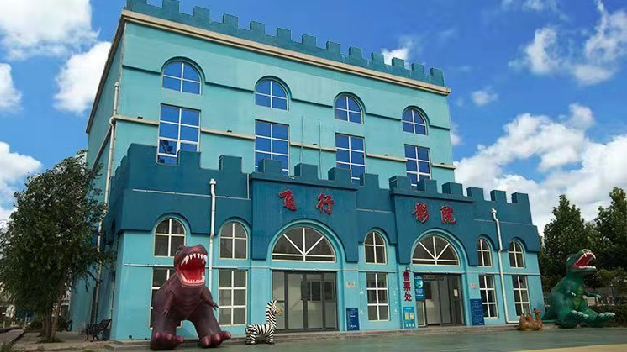- Albanian
- Arabic
- Belarusian
- Bengali
- Czech
- English
- French
- German
- Hebrew
- Hungarian
- Indonesian
- irish
- Italian
- Japanese
- kazakh
- Persian
- Russian
- Thai
- Uzbek
- Vietnamese
Exploring the Innovative Techniques and Safety Measures in Modern Roller Coaster Design and Engineering
The Thrill of Roller Coaster Engineering A Delicate Balance of Physics and Art
Roller coasters have long captivated the imagination of thrill-seekers, blending science, engineering, and pure adrenaline. The design and construction of these exhilarating rides involve intricate knowledge of physics, safety standards, and creative artistry. From the initial concept to the final thrills experienced by riders, roller coaster engineering represents an extraordinary intersection of technology and entertainment.
At the heart of roller coaster engineering lies the fundamental principles of physics, particularly Newton's laws of motion. Engineers must carefully calculate forces such as gravity, inertia, and centripetal force to ensure riders are not only thrilled but also safe. For instance, during a steep drop, gravity pulls the coaster downwards, while inertia attempts to keep it moving upwards. Striking a balance between these forces is crucial; too much acceleration can lead to discomfort or injury. Thus, engineers design coasters to create a controlled experience that maximizes enjoyment while minimizing risk.
Track design is another essential aspect of roller coaster engineering. The type of coaster, whether wooden, steel, or hybrid, influences the overall experience. Steel coasters often allow for more complex designs, featuring inversions, loops, and corkscrews. Meanwhile, wooden coasters are celebrated for their classic feel and smooth ascent and descent. Each material offers unique benefits and challenges, requiring engineers to select the right option based on the intended experience.
roller coaster engineering

Safety is paramount in roller coaster design. Engineers must adhere to strict industry standards and regulations, conducting extensive testing to ensure that each ride can withstand various conditions. Each component, from the tracks to the trains, undergoes rigorous testing and analysis. Engineers utilize computer simulations to model potential scenarios and outcomes, ensuring that every twist and turn is safe. Moreover, redundant safety systems, such as lap bars and harnesses, are critical to preventing accidents, providing peace of mind for riders.
The artistry of roller coaster engineering cannot be overlooked. Designing a coaster is not just about physics; it's about creating a narrative and an immersive experience. Many modern coasters are themed, incorporating elements like lighting, sound, and even storylines to enhance the thrill. For instance, a coaster set in a haunted house might feature eerie music and ghostly visuals, wrapping the ride in an engaging experience beyond the mere act of riding.
Moreover, the visual impact of a roller coaster plays a significant role in its appeal. A well-designed ride can become a landmark, drawing guests from far and wide. The iconic silhouette of a roller coaster against the skyline can evoke excitement even from a distance. Engineers often collaborate with architects to create visually stunning rides that complement their surroundings while still delivering heart-pounding thrills.
In conclusion, roller coaster engineering is a fascinating blend of science, safety, and creativity. It requires a sophisticated understanding of physics to ensure that each ride is both thrilling and safe, while design aesthetics elevate the overall experience. For roller coaster enthusiasts, the thrill of the ride is matched only by the marvel of the engineering that makes it possible. As technology advances and the boundaries of design are pushed further, the future of roller coasters promises even more innovative and exhilarating experiences for riders around the globe.
-
Flume Ride-Hebei Zhipao Amusement Equipment Manufacturing Co., Ltd.|Thrilling Water Attraction&Customizable DesignJul.30,2025
-
Flume Ride - Hebei Zhipao Amusement Equipment | Water Coaster, Thrilling DescentJul.30,2025
-
Flume Ride - Hebei Zhipao | Thrilling Water AttractionJul.30,2025
-
Flume Ride: Thrilling Water Attraction by Hebei Zhipao|Log Flume Manufacturers&Flume Ride DesignJul.30,2025
-
Flume Ride-Hebei Zhipao Amusement Equipment Manufacturing Co., Ltd.|Thrilling Water Coaster, Safe DesignJul.30,2025
-
Flume Ride-Hebei Zhipao Amusement Equipment Manufacturing Co., Ltd.|Thrilling Water Attraction, Safe DesignJul.30,2025
